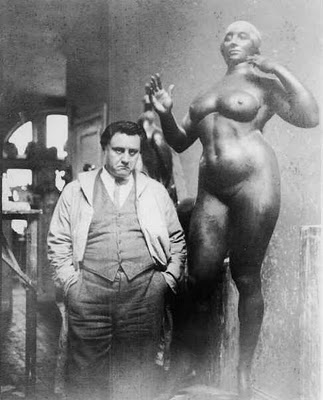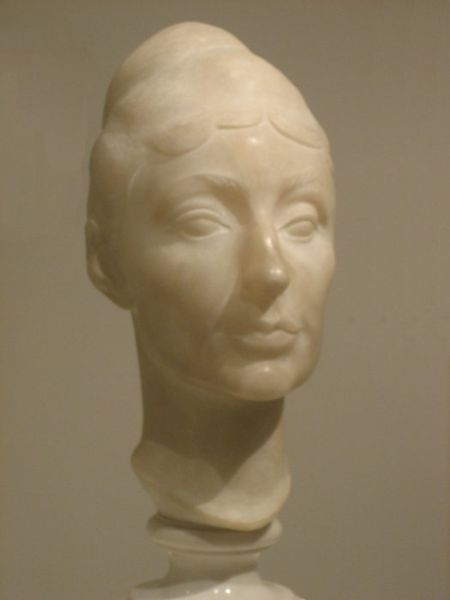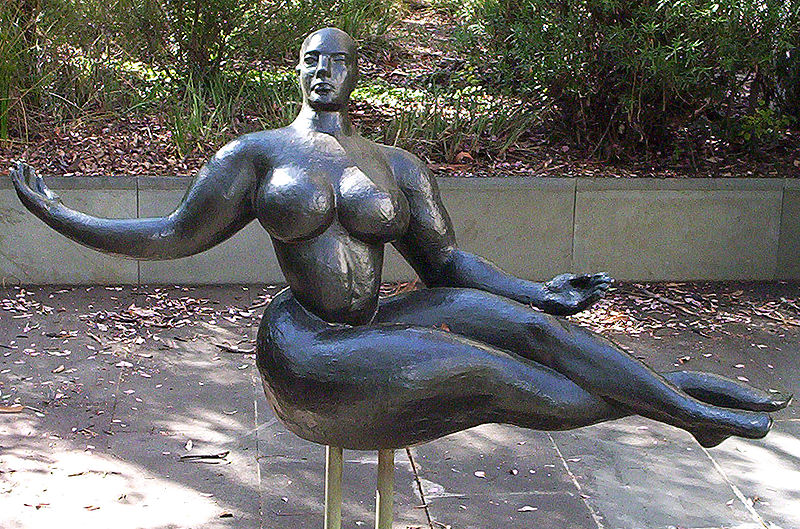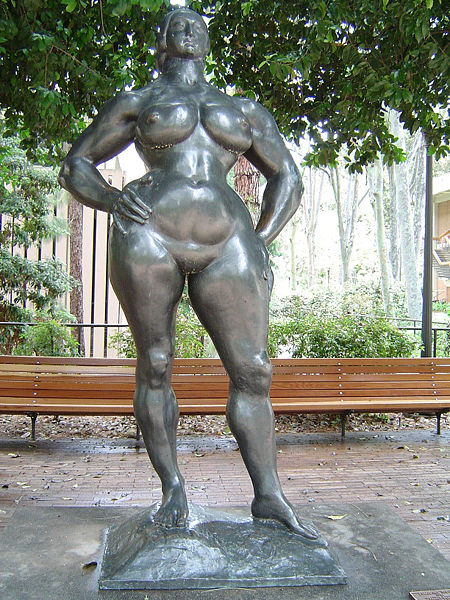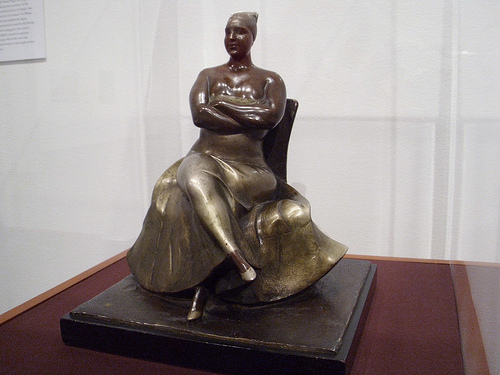<Back to Index>
- Entomologist William Morton Wheeler, 1865
- Sculptor Gaston Lachaise, 1882
- Lieutenant Colonel of the SS Karl Adolf Eichmann, 1906
PAGE SPONSOR
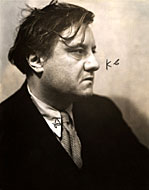
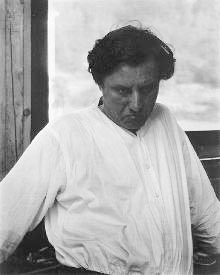
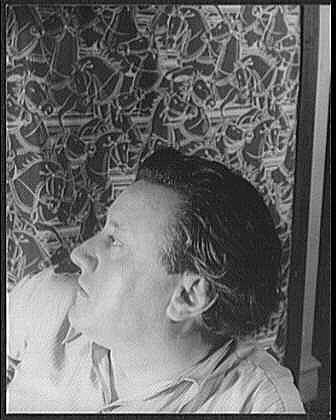
Gaston Lachaise (March 19, 1882 – October 18, 1935) was a French sculptor, active in the early 20th century. A native of Paris, he was most noted for his female nudes such as Standing Woman.
Born in Paris, Lachaise was the son of a cabinetmaker. At age 13 he entered a craft school, where he was trained in the decorative arts, and from 1898 to 1904 he studied sculpture at the École des Beaux-Arts under Gabriel-Jules Thomas. He began his artistic career as a designer of Art Nouveau decorative objects for the French jeweler René Lalique.
Having fallen in love with an American woman, Isabel Dutaud Nagle, Lachaise immigrated to the United States in 1906 and worked in Boston for H.H. Kitson, an academic sculptor of military monuments. In 1912 Lachaise went to New York City and worked as an assistant to the sculptor Paul Manship. Like that of Manship, his work can be seen at Rockefeller Center.
Lachaise's most famous work, Standing Woman (1932), typifies the image that Lachaise worked and reworked: a voluptuous female nude with sinuous, tapered limbs. Lachaise was also known as a brilliant portraitist. He executed busts of famous artists and literary celebrities, such as John Marin, Marianne Moore, and E.E. Cummings. In 1935 the Museum of Modern Art in New York City held a retrospective exhibition of Lachaise's work, the first at that institution for any American sculptor.
